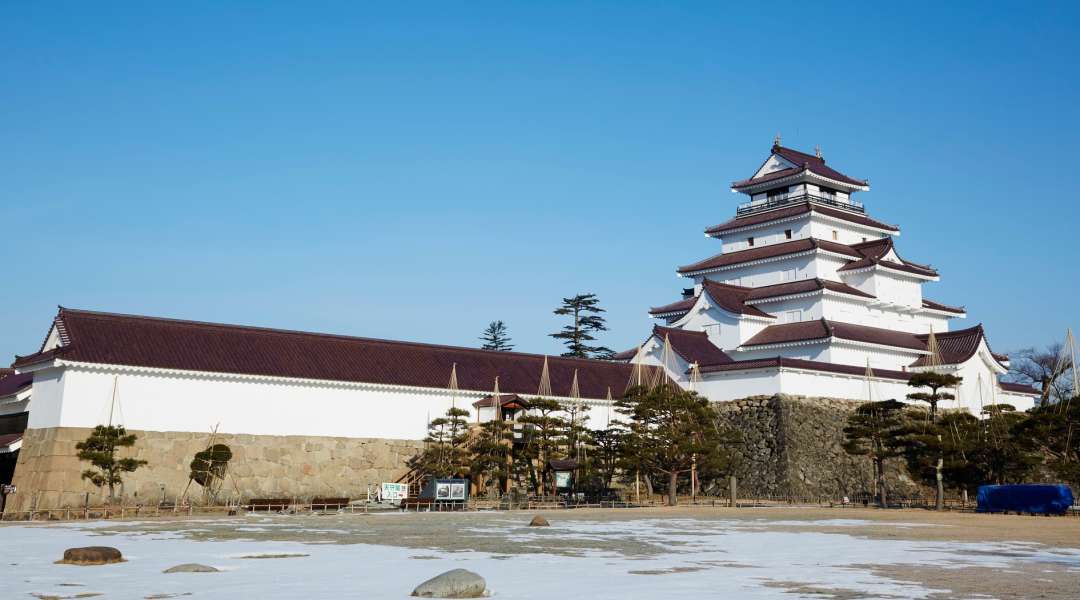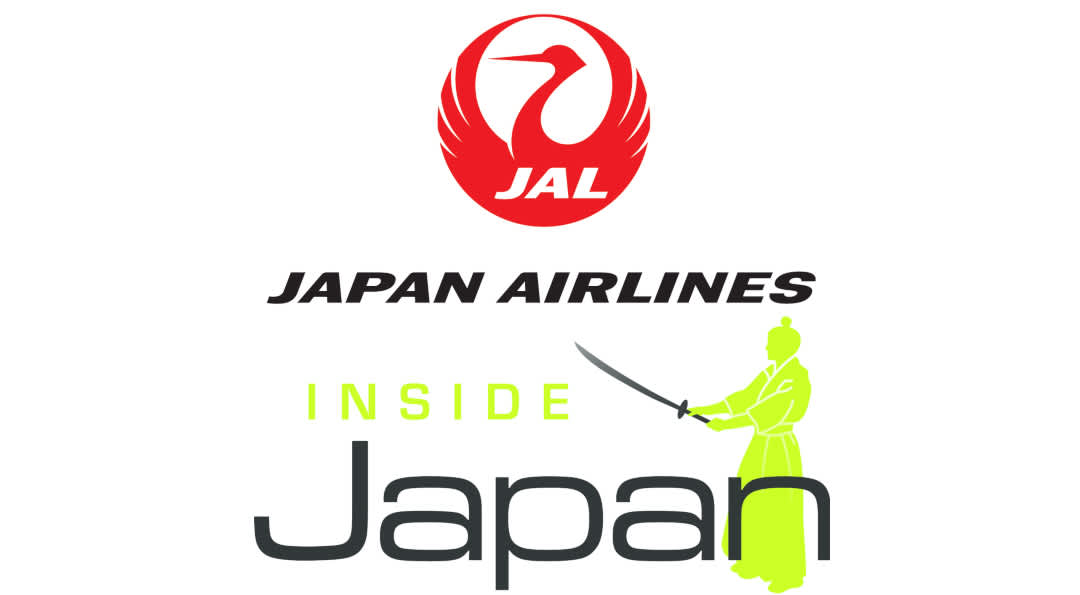
Earlier this month JNTO invited Team GB diving sensation and Olympian Tom Daley on an adventure around Japan's beautiful Tohoku region to see, do and taste all that it has to offer! Tohoku bore the brunt of the devastating 2011 Great East Japan Earthquake and has been at the centre of recovery and revitalisation efforts in the run up to Rugby World Cup 2019 and the Tokyo 2020 Olympic and Paralympic Games.
Day one of Tom's adventure began with a trip to Ouchi-juku, an Edo-era post town located along the former Aizu-Nishi Kaido trade route in Fukushima Prefecture. Ouchi-juku is famous for its idyllic natural scenery and cute thatched roof houses, now home to a variety of inns, shops and restaurants serving delicious snacks and local specialties. One Ouchi-juku culinary landmark is Misawaya, the first restaurant to serve the must-try negi soba - soba noodles eaten not with chopsticks but with a giant leek! Why the giant leek we hear you ask! Well, according to the dish's founder the giant leek is said to flavour the soup, though we can't discount the possibility that it's because it adds that little bit of extra fun to your meal—that is, if you manage to successfully scoop the noodles in the first place!

From Ouchi-juku head to Tsuraga Castle, one of Japan's most iconic and historic castles. The original structure lasted a whopping 490 years until it was demolished in 1874 and today a stunning reconstruction stands in its place; you can even climb to the castle's top floor for impressive panoramic views of Aizu-Wakamatsu. Just as Tom said, you might find it pretty easy to imagine what the area might've looked like back in the day! A pit stop at the nearby Rinkaku Teahouse is just one way to put yourself in the shoes of a samurai warrior as you sip on traditional matcha tea, learn the rich history of the Japanese tea ceremony and admire the beautiful garden.

Now that you've had a taste of how samurai warriors relaxed, it's time to see how they trained! Built in 1934, Butokuden is an elite martial arts dojo where you can try your hand at kendo, an activity that combines martial arts practices and values with strenuous sport-like physical activity. At Aizu Hanko Nisshinkan meanwhile, you can pick up a bow and take to the range for some kyudo (Japanese archery)! Aizu Hanko Nisshinkan was an elite learning institution for children of samurai families where they would pursue academic studies and martial arts to instill both mental and physical discipline. So worry not if your slight of hand favours the pen as opposed to the sword, you can still prove your worth with one of the arts classes in which you can paint local arts and crafts such as akabeko and okiagari-koboshi for you to then take home!

Has all that intense concentration and exercise left you hungry? If so head to Takino, a historic restaurant renowned for its wappa-meshi, a Fukushima specialty consisting of rice topped with various ingredients, served in a crafted bamboo box. Takino is open for lunch or dinner and serves a variety of local sake from Fukushima Prefecture - don't be shy! Try, try, try! Finally, retire to Shosuke no Yado Takinoyu, a magical ryokan (traditional Japanese inn) located in Higashiyama Onsen. Takinoyu features a mixture of Japanese and Western-style rooms numbering 50 in total and six private and two large public onsen (natural hot spring) baths - take a good long soak in these baths as the water has health benefits and is guaranteed to make you feel at ease. Once you've had your bath, put on your yukata (traditional robe) and bask in the traditional atmosphere as you enjoy narrative performances of Aizu folk tales and history at the outdoor Noh stage or in the lounge.
Tom flew to Japan with Japan Airlines (JAL) and explored the Tohoku region with the help of InsideJapan Tours.

To stay up to date with all the latest happenings in Japan follow us on Facebook or Twitter.


























































